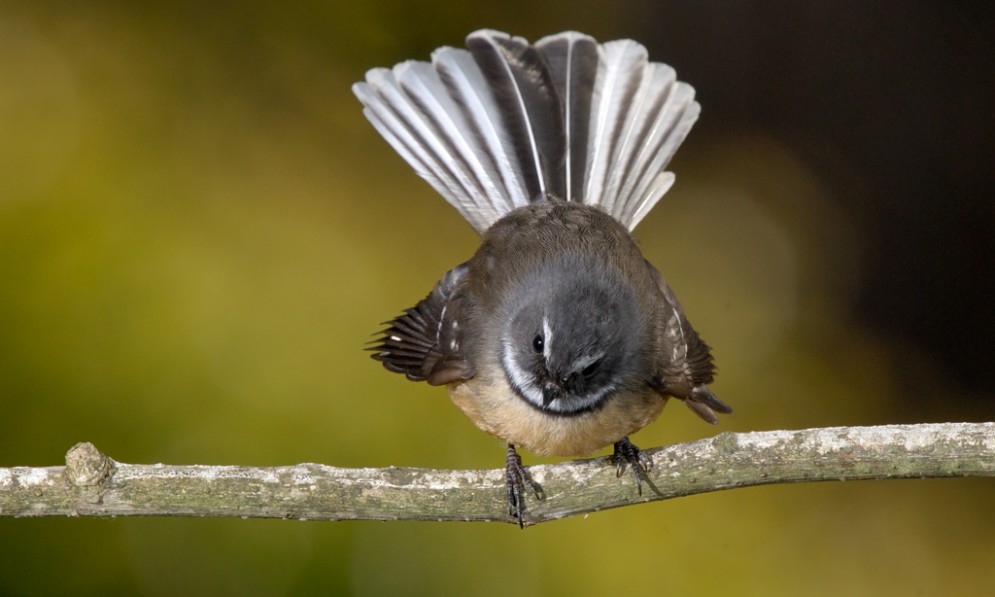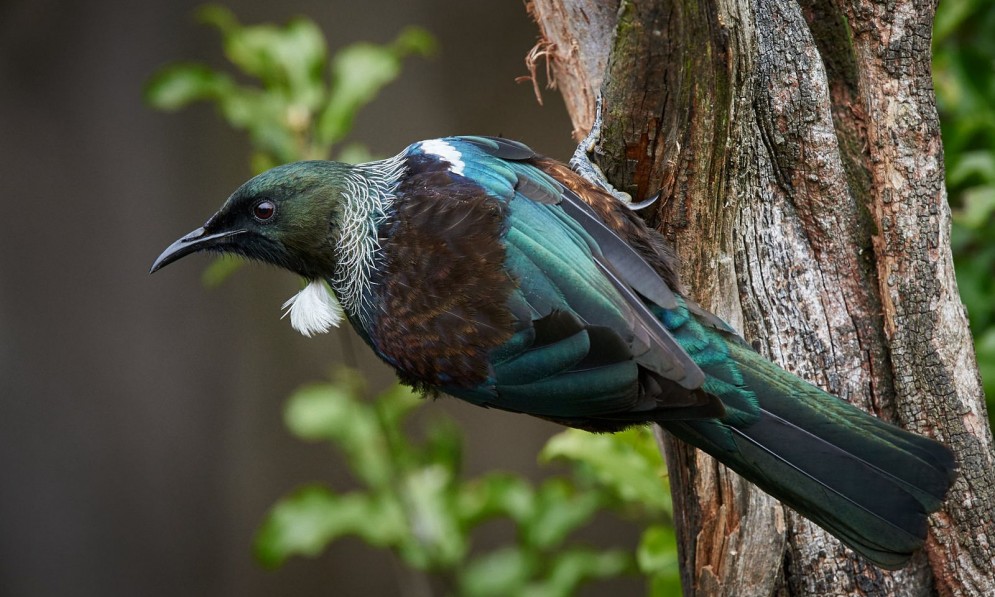New Zealand is home to over 200 native bird species, many of which are found nowhere else in the world.
Look and listen
When you're identifying a bird, it's important to take notes about how the bird looked, sounded, or behaved.
- How big was it?
- What colour was it?
- Did it have any markings?
- What colour or shape was its beak?
- What colour eyes did it have?
- What was it doing?
- What did it sound like?
Our birds are unique. They evolved in isolation for millions of years without any land-based mammalian predators.
When people arrived in New Zealand, they introduced predators like stoats, rats, cats, and possums, which prey on our native birds by eating adult birds, chicks, and eggs.
This means many of our native bird species are in trouble and today, 68 percent of our birds are threatened with extinction.
At Forest & Bird, we receive a lot of enquiries from people who need help identifying a bird they have seen or heard. We have compiled a list of online resources that will help you to identify some of New Zealand's unique birdlife.

A pīwakwaka (fantail). Credit: Craig McKenzie
New Zealand Birds Online
New Zealand Birds Online is the best place to start if you need help identifying a bird. This searchable encyclopaedia of New Zealand birds includes detailed information on all 467 of New Zealand's living, extinct, fossil, vagrant and introduced birds.
The database is searchable by name, conservation status, and geographical distribution. It even has a tool to help users identify birds based on where it was seen and what it looked like.
iNaturalist New Zealand
If you are still struggling to identify the bird you have seen, you can ask for help by uploading your sighting to iNaturalist New Zealand (formerly known as Nature Watch).
This citizen science project is a place where people can share their sightings and get help from the community to identify it.
You could also set up a community-based monitoring project, meet other nature watchers, and learn about New Zealand's natural history.
eBird
eBird is the world’s largest biodiversity-related citizen science project, with more than 100 million bird sightings contributed each year around the world.
Sightings recorded on eBird also contribute to scientific research, conservation decisions, and student projects.
Department of Conservation
The Department of Conservation has a number of online courses, including one that will help you to identify the 10 birds most commonly heard during a 5-minute bird survey.

